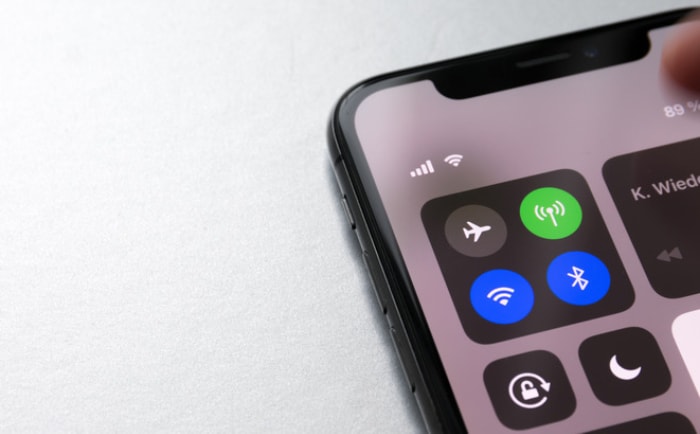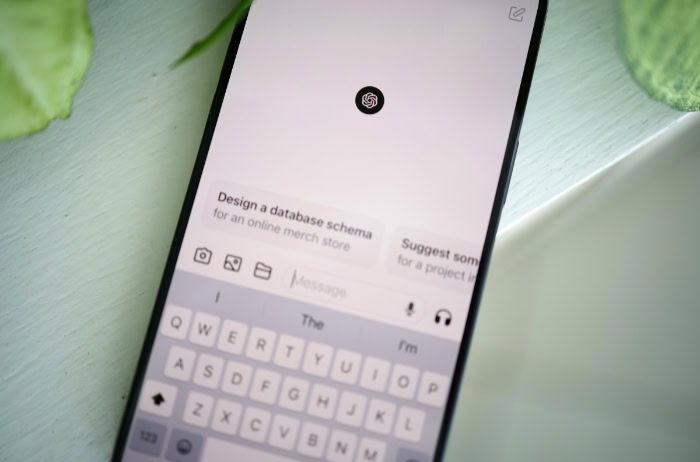How Do Rechargeable Batteries Work? Behind the Process
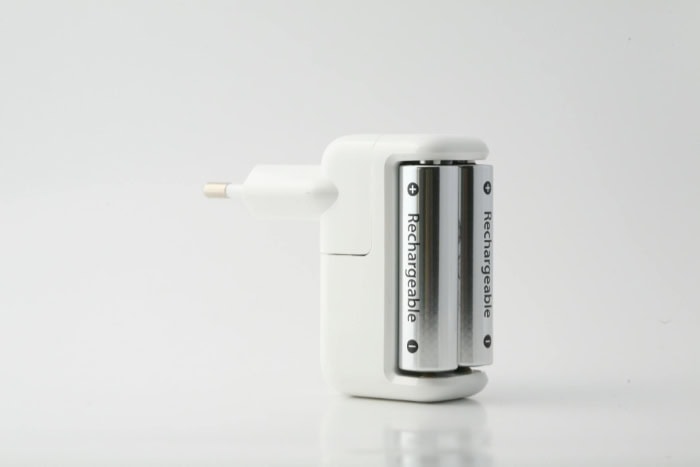
Rechargeable AA and AAA batteries have become essential for powering everything from remote controls to high-drain gadgets like cameras and gaming controllers. Unlike their disposable alkaline counterparts, these batteries can be reused hundreds of times, saving money and reducing environmental waste.
But how exactly do they work, and why are they so versatile?
Behind the convenience is fascinating electrochemical science that allows energy to flow, be stored, and be used repeatedly. Modern rechargeable batteries come in different chemistries, each offering unique benefits depending on the device and usage.
Choosing the right type can maximize performance while minimizing cost, waste, and hassle.
Rechargeable Batteries Explained
Rechargeable batteries are relied upon for their ability to provide consistent power repeatedly, making them a practical and eco-friendly choice for countless devices. This remarkable capability comes from the chemistry inside, where energy is created, stored, and restored through intricate electrochemical reactions.
Electrochemical Reactions
At the heart of a rechargeable battery is a carefully balanced electrochemical process that occurs between the anode, cathode, and electrolyte. During discharge, stored chemical energy is converted into electrical energy.
Positively charged ions flow through the electrolyte from the anode to the cathode, while negatively charged electrons take a parallel journey, traveling through an external circuit to power connected devices. This movement of electrons forms an electric current, which is what keeps your devices running.
When recharging, an external power source such as a charger reverses this process. Energy from the charger forces electrons back to the anode, reversing the flow of ions.
This resets the internal chemistry, storing energy in the battery for future use. Importantly, the ability to reverse these reactions hundreds or even thousands of times depends on the materials used and their designed resilience to degradation.
Key Components
The effectiveness of a rechargeable battery hinges on its four main components: the anode, cathode, electrolyte, and separator. Each plays a unique role in energy storage and release.
The anode, often made of materials like nickel oxyhydroxide in nickel-metal hydride (NiMH) batteries, serves as the starting point for electrons during discharge. The cathode, made of a complementary material such as metal hydride, receives these electrons.
The electrolyte, typically a liquid or gel-like substance, facilitates the flow of ions between the anode and cathode. Meanwhile, the separator ensures no direct contact between the anode and cathode, preventing short circuits while still allowing ion movement.
The choice of materials for these components is crucial. They must support reversible reactions, enabling the battery to charge and discharge repeatedly without significant wear.
For example, the hydrogen-absorbing alloy in NiMH cathodes lets the battery handle repeated cycles while maintaining efficiency. Collectively, these materials form the backbone of the battery’s durability and performance.
Voltage Basics
Rechargeable batteries often differ from disposable ones in terms of voltage output, and this difference has implications for how they interact with electronic devices. For example, a standard NiMH AA or AAA battery typically outputs 1.2 volts, which is slightly less than the 1.5 volts produced by disposable alkaline batteries.
This lower voltage is a direct result of the chemistry used in NiMH batteries, which prioritizes rechargeability over the single-use design of alkalines.
While the 0.3-volt difference may seem minor, it can affect device performance. Most modern electronics are designed to handle variations in battery voltage, making them compatible with both 1.2V and 1.5V batteries.
However, some low-drain devices, such as certain clocks or remote controls, might struggle to function at a constant 1.2V, leading to reduced performance or shorter run times. High-drain devices like cameras, on the other hand, often benefit from the consistent discharge curve of NiMH batteries, which maintain their voltage better under heavy use.
Common Chemistry Types for AA/AAA
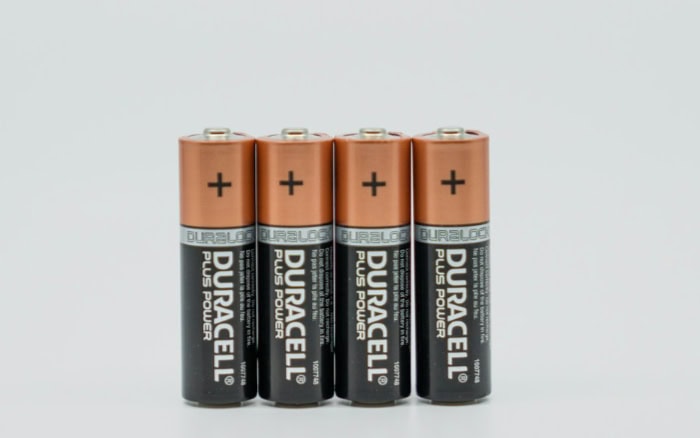
Rechargeable AA and AAA batteries come in different chemistries, each designed to meet a variety of performance needs. The two most popular types, Nickel-Metal Hydride (NiMH) and Lithium-Ion (Li-ion), stand out for their unique characteristics and specialized applications.
While both offer the convenience of reusability, they differ in terms of energy capacity, voltage, cost, and practicality.
Nickel-Metal Hydride (NiMH)
Nickel-Metal Hydride batteries are some of the most widely used rechargeable options for AA and AAA sizes. They are valued for their affordability and reliable performance, making them a popular choice for everyday electronics.
NiMH batteries are particularly well-suited to high-drain devices such as digital cameras, toys, and handheld gaming systems, where consistent power output is crucial.
One of the defining features of NiMH batteries is their moderate self-discharge rate, where they lose around 15% of their charge per month when not in use. While this drawback makes them less ideal for devices that are only occasionally used, such as emergency flashlights or wall clocks, newer low self-discharge (LSD) NiMH variants have been developed to address this.
These retain much of their charge over extended periods, often holding up to 70-85% after a year of storage.
The chemistry of NiMH batteries allows them to deliver a steady 1.2 volts throughout most of their discharge cycle, which is especially beneficial for devices requiring a stable power supply. They generally have a capacity ranging from 1,300 to 2,900 milliamp-hours (mAh) for AA sizes and 500 to 1,100 mAh for AAA sizes, offering enough energy to keep high-drain gadgets running efficiently for a considerable duration.
Lithium-Ion (Li-ion)
Lithium-Ion batteries, while less common in the traditional AA and AAA formats, are becoming more available as advanced rechargeable options. Known for their high energy density, Li-ion batteries can store more energy in a smaller and lighter package compared to other chemistries.
This makes them an attractive choice for portable devices where minimizing weight is important, such as wireless headphones and compact LED flashlights.
Unlike NiMH batteries, Li-ion batteries often produce a higher nominal voltage of 3.7 volts. However, in AA and AAA formats, specialized versions are designed to output a regulated 1.5 volts to make them compatible with standard devices.
The low self-discharge rate of Li-ion batteries is another advantage, as they can retain their charge for months with minimal loss, making them ideal for both frequently and rarely used devices.
Despite their benefits, Li-ion batteries typically cost more than NiMH options and require specific chargers tailored to their chemistry. Safety is also a consideration, as improper charging or exposure to high temperatures can result in damage or reduced lifespan.
Nevertheless, their lightweight design, high-capacity performance, and long shelf life make them a premium option for tech-savvy users willing to invest in quality and reliability.
NiMH vs. Li-ion Trade-offs
Choosing between NiMH and Li-ion batteries often comes down to weighing capacity, convenience, and cost. NiMH batteries are generally more affordable upfront and widely available, making them an easy replacement for disposable alkalines without requiring significant adjustments to chargers or devices.
They excel in high-drain applications but are slightly less efficient for low-drain devices due to their higher self-discharge rate.
Li-ion batteries, on the other hand, offer greater energy density and lower self-discharge, ensuring that even after extended periods of non-use, they remain ready to perform. However, their higher cost and the need for specialized chargers can be limiting factors for some users.
Additionally, though they often produce a regulated 1.5 volts, occasional compatibility issues may arise in certain devices designed exclusively for alkaline or NiMH batteries.
The Charging Process
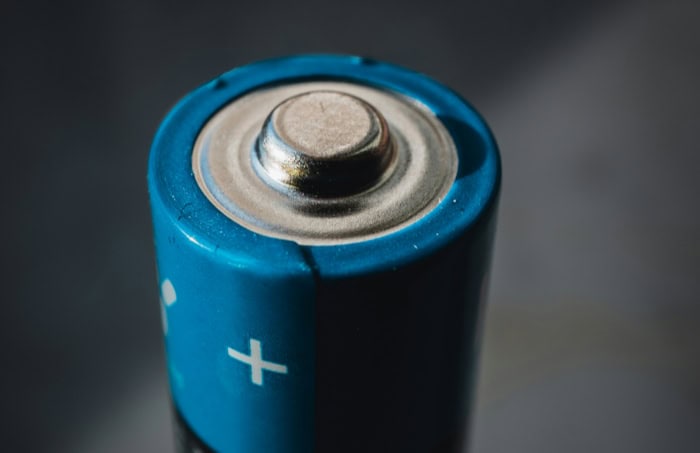
Rechargeable batteries owe their reusability to the charging process, where stored chemical energy is restored for future use. This is accomplished by reversing the discharge process through an external power source, effectively resetting the internal chemistry of the battery.
Chargers play a central role in this process, ensuring not only efficiency but also safety.
How Chargers Reverse Electron Flow
When a rechargeable battery is inserted into a charger and connected to a power source, the charger begins by applying an electrical current that flows in the opposite direction compared to the discharge cycle. This current drives ions back to their original positions within the battery, with electrons moving from the cathode to the anode, essentially “recharging” the battery's chemical energy.
The process relies on precision, as overcharging the battery can lead to overheating, reduced performance, or even permanent damage. Advanced chargers incorporate safety features, such as automatic shutoff mechanisms, to prevent overcharging.
These devices monitor the voltage and temperature of the battery, stopping the current flow once the battery is fully charged. This ensures both safety and longevity for the rechargeable battery, allowing it to endure hundreds of cycles without significant deterioration.
Charger Types
Chargers come in various designs, each with features tailored to different user needs and battery chemistries. Two prominent types are smart chargers and basic chargers.
Smart chargers are a modern solution designed for convenience and precision. These chargers use advanced sensors to monitor the status of the battery in real time, automatically shutting off when the battery is fully charged.
Some models also include conditioning features, which discharge and then recharge the battery to restore full capacity, particularly useful for batteries that have been underused or stored for extended periods. Smart chargers are ideal for those who want to optimize the performance and lifespan of their rechargeable batteries.
Basic chargers, on the other hand, simply deliver a consistent current over a set period. While they are cheaper and more straightforward to use, they lack the ability to stop charging once the battery is full.
This can result in overcharging if batteries are left in the charger for too long, potentially diminishing their lifespan. With these models, users need to monitor charging times closely.
Fast chargers present a third option, offering shorter charging times by delivering higher currents. While convenient, they generate more heat during the process, which can strain the battery and reduce its overall lifespan.
For users who prioritize speed, it’s important to choose fast chargers that also integrate temperature and voltage monitoring to mitigate potential risks.
Common Charging Issues
Charging rechargeable batteries is not without its challenges, particularly when it comes to ensuring compatibility and avoiding common pitfalls. One frequent issue arises from mixing different battery chemistries, such as attempting to charge Nickel-Metal Hydride (NiMH) and Lithium-Ion (Li-ion) batteries in the same charger.
Each chemistry requires specific charging parameters, such as voltage and current, and using the wrong charger can result in inefficient charging or damage to the batteries.
Another common topic of confusion is the so-called “memory effect,” a phenomenon where batteries are said to lose their full capacity if not fully discharged before recharging. While this was an issue with older Nickel-Cadmium (NiCd) batteries, modern rechargeable chemistries such as NiMH and Li-ion are largely unaffected.
These newer batteries are designed to be recharged at any point in their discharge cycle without a significant impact on their performance or lifespan.
Issues such as overheating, poor connections, or using incompatible chargers can also arise. To address these, it’s important to use chargers and batteries from reputable brands and follow the manufacturer’s instructions.
Regularly maintaining both the charger and the batteries can help ensure they perform reliably and safely over time. With proper care and attention, the charging process can remain both efficient and trouble-free.
Practical Usage and Optimization
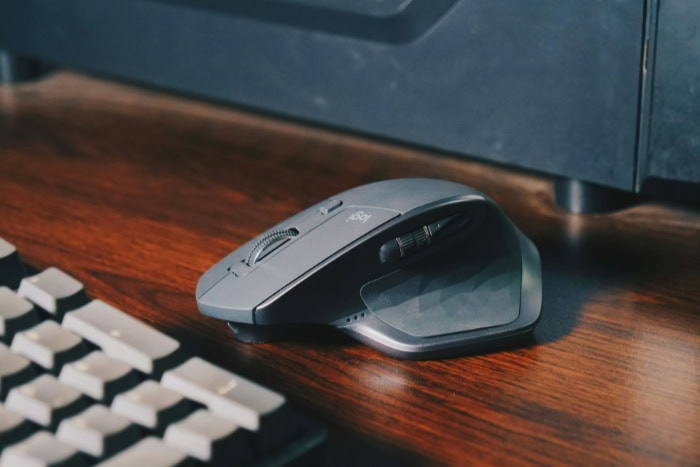
Rechargeable batteries offer a sustainable and efficient alternative to disposable ones, but getting the most out of them requires knowing how to use and maintain them properly. From choosing the right size and type to storing them under ideal conditions, small habits can significantly improve battery performance and lifespan.
Additionally, factors such as device compatibility and voltage requirements can impact how well rechargeable batteries suit particular gadgets.
Choosing AA vs. AAA
When deciding between AA and AAA rechargeable batteries, it’s essential to consider the size and power demands of the device. AA batteries typically have a higher energy capacity, ranging from 1,300 to 2,900 milliamp-hours (mAh), which makes them a better choice for devices that consume more power.
These include high-drain electronics like digital cameras, gaming controllers, and motorized toys, where the additional capacity can significantly prolong usage time.
AAA batteries, on the other hand, are smaller and lighter, with capacities generally ranging from 500 to 1,100 mAh. They are ideal for low-drain devices such as remote controls, wireless computer mice, and small LED flashlights, where compact size and portability are more important than raw energy capacity.
The physical size and energy output of these batteries make them better suited for devices specifically designed for AAA formats.
Ultimately, the device itself will dictate the appropriate choice. Selecting the wrong size will either lead to physical incompatibility or insufficient power, so it’s important to match the battery size to the device’s design and energy needs.
Maximizing Battery Lifespan
Rechargeable batteries can last for hundreds of cycles, but their longevity depends heavily on how they’re used and cared for. One of the most effective ways to prolong their lifespan is to avoid deep discharges whenever possible.
Frequently running a battery down to 0% before recharging can strain its internal components, especially for chemistries like Nickel-Metal Hydride (NiMH). Instead, recharging when the battery has some residual capacity left can reduce stress on the chemical structure and improve long-term performance.
Temperature is another critical factor. Batteries perform best within a moderate temperature range, and exposing them to extremes, whether heat or cold, can degrade their materials.
For instance, leaving batteries in a hot car or storing them in a freezing environment can shorten their usable life. When not in use, NiMH batteries should ideally be stored at a partial charge, around 30-50%, to maintain their chemical stability.
To maintain efficiency, periodic maintenance can also help. For example, low self-discharge (LSD) NiMH batteries may need to be fully discharged and recharged occasionally to recalibrate their performance.
Additionally, ensuring that batteries are stored in a dry, cool environment away from direct sunlight or humidity can further protect them from unnecessary wear.
Device Compatibility
One of the most common concerns with rechargeable batteries is their voltage output and how it aligns with the requirements of specific devices. NiMH batteries, for instance, typically produce a nominal voltage of 1.2 volts, slightly less than the 1.5 volts standard for disposable alkaline batteries.
While this difference is negligible for most modern devices, some low-drain gadgets, such as smoke detectors, wall clocks, or certain medical devices, may struggle to function properly with the reduced voltage. This can lead to false low-battery warnings or decreased performance.
For devices that are particularly sensitive to voltage, lithium-based rechargeable batteries offer an alternative. These are designed to output a consistent 1.5 volts, ensuring compatibility with gadgets that have strict voltage demands.
However, users should ensure that their chargers and devices are compatible with lithium-based chemistries, as these batteries require a different charging approach compared to NiMH.
Benefits and Limitations
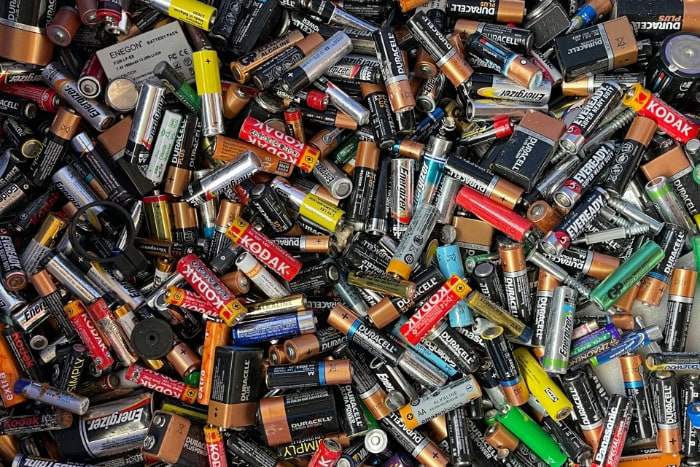
Rechargeable batteries have transformed how we power our devices, offering significant advantages in terms of cost savings and environmental responsibility. However, they are not without challenges, including limitations tied to their performance, recyclability, and safety.
Cost and Environmental Impact
One of the most significant advantages of rechargeable batteries is their ability to reduce long-term costs. While the initial purchase price of rechargeable AA or AAA batteries and a compatible charger may be higher than their disposable counterparts, they can be recharged hundreds of times.
Generally, after around 50 charge cycles, rechargeable batteries offset their financial and environmental costs. This makes them more economical over their lifespan, particularly for individuals who use batteries frequently.
Another substantial benefit is their contribution to reducing landfill waste. By replacing single-use alkalis, rechargeable batteries significantly lower the number of discarded batteries, which often contain harmful chemicals that can leach into the environment. However, the environmental impact does not stop there.
The mining of rare-earth metals, used in the production of rechargeable batteries, raises concerns about sustainability. While rechargeable batteries help reduce waste, their manufacture relies on finite resources, which underscores the importance of recycling them at the end of their life.
Key Challenges
Despite their benefits, rechargeable batteries come with challenges that may impact their usability. One of the primary issues is self-discharge.
Batteries like Nickel-Metal Hydride (NiMH) can lose a percentage of their charge each month when left idle. While low self-discharge (LSD) variants address this problem to an extent, self-discharge remains more pronounced than in disposable alkalines, making rechargeables less suitable for low-drain applications such as smoke detectors or rarely used remote controls.
Another limitation is the gradual voltage drop during use. For devices that cannot tolerate this decline, performance may be compromised.
Additionally, recycling infrastructure for rechargeable batteries varies widely across regions, making it difficult for consumers to dispose of their depleted batteries responsibly. Proper recycling is critical, as improperly discarded batteries can pose environmental hazards, but access to recycling facilities is not yet universal.
Safety Considerations
Safety is an important aspect of rechargeable battery usage, particularly regarding overheating risks. Damaged or improperly used batteries can generate excessive heat, causing them to swell, leak, or even become a fire hazard.
Using incompatible chargers can also lead to overcharging, which may weaken the structural integrity of the battery or, in extreme cases, result in dangerous malfunctions.
Storage and handling conditions are equally critical. Rechargeable batteries should never be exposed to extreme heat or physical damage, as this increases the likelihood of a short circuit.
Similarly, overloading a battery beyond its designed capacity can accelerate wear and lead to overheating. Most modern chargers incorporate safeguards such as temperature monitoring and auto-shutoff features to reduce these risks, but users must also ensure batteries are used and stored properly to prolong their lifespan and ensure safety.
Conclusion
Rechargeable AA and AAA batteries offer a practical and environmentally friendly alternative to disposable options, combining the convenience of reusability with significant cost savings over time. Their ability to power a wide range of devices, from high-drain electronics to everyday household gadgets, highlights their versatility.
Additionally, their contribution to reducing landfill waste makes them a more sustainable choice in an era where environmental impact is increasingly prioritized.
When choosing the right rechargeable battery, it is essential to consider factors such as device compatibility, energy requirements, and usage habits. Nickel-Metal Hydride (NiMH) batteries are an excellent choice for high-drain devices and general-purpose applications, while Lithium-Ion options provide superior voltage consistency and extended shelf life, making them ideal for gadgets with stricter power needs.
Pairing the right battery with a suitable charger and following best practices for maintenance can further enhance both performance and lifespan.

